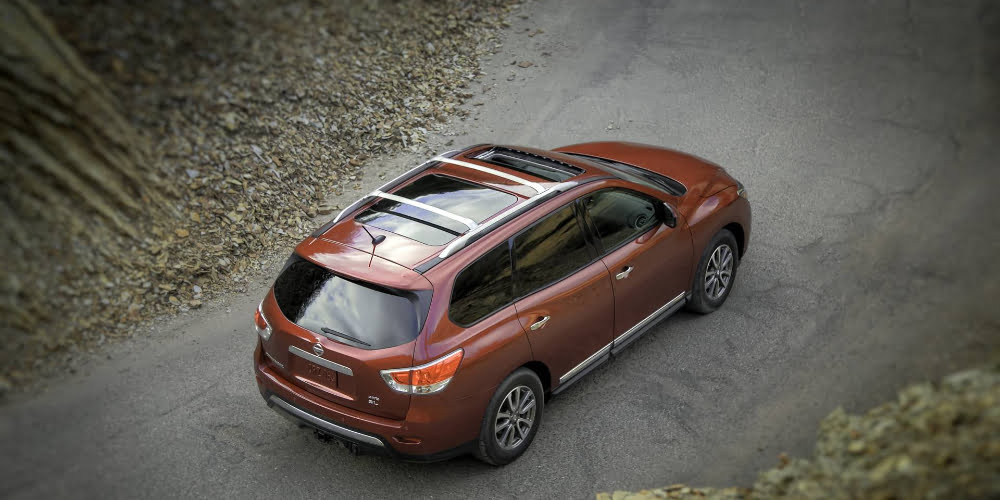Yes, a failing catalytic converter can be one of the reasons why the 2015 Nissan Pathfinder check engine light may come on. The catalytic converter is responsible for converting harmful pollutants into less harmful emissions before they exit the vehicle’s exhaust system. If the converter is not functioning properly, it may not be able to convert these pollutants effectively, leading to an increase in emissions.
When the engine control module (ECM) detects an issue with the catalytic converter or the emissions system, it will turn on the 2015 Nissan Pathfinder check engine light to alert the driver of the problem. In some cases, the ECM may also trigger the “catalyst efficiency below threshold” code, which indicates that the catalytic converter is not working as efficiently as it should.
If you suspect that a failing catalytic converter is causing the 2015 Nissan Pathfinder check engine light to come on, it’s important to have the vehicle inspected and repaired as soon as possible. Ignoring the issue can lead to decreased fuel efficiency, reduced engine performance, and potential damage to other components of the emissions system.
Replacing a catalytic converter can be an expensive repair, but it’s necessary to maintain the proper function of your vehicle and reduce harmful emissions.

Are There Any Common Electrical Issues That Can Trigger The 2015 Nissan Pathfinder Check Engine Light, And How Can They Be Diagnosed And Repaired?
Yes, there are several common electrical issues that can trigger the 2015 Nissan Pathfinder check engine light. Some of these issues include a faulty oxygen sensor, a malfunctioning mass air flow sensor, a damaged ignition coil, a failed spark plug, or a loose or damaged gas cap.
To diagnose these issues, a mechanic will typically use a diagnostic tool to retrieve the diagnostic trouble codes (DTCs) stored in the vehicle’s computer system. These codes provide information about the specific component or system that is malfunctioning. The mechanic may also perform additional tests, such as a visual inspection of the vehicle’s wiring or a test of the vehicle’s electrical system.
Once the issue has been diagnosed, the mechanic will typically recommend a repair plan. This may involve replacing a faulty component, repairing damaged wiring, or tightening or replacing a loose or damaged gas cap.
The cost of the repair will depend on the specific issue and the severity of the problem, but it is usually less expensive to address the issue early rather than waiting for it to escalate into a more serious problem.

How Can I Determine Whether The 2015 Nissan Pathfinder Check Engine Light Is A Minor Issue That Can Be Addressed Later, Or A More Serious Problem That Needs Immediate Attention?
The severity of a 2015 Nissan Pathfinder check engine light can vary depending on the underlying issue causing it to illuminate. Some issues may be minor and can be addressed at a later time, while others can be more serious and require immediate attention. Here are some steps you can take to determine the severity of the issue:
- Check for other warning lights: If the 2015 Nissan Pathfinder check engine light is the only warning light on the dashboard, it is likely that the issue is not urgent. However, if other warning lights, such as the oil pressure light, are also on, this may indicate a more serious problem that requires immediate attention.
- Monitor the vehicle’s performance: If the vehicle is running normally and there are no noticeable changes in its performance, it is likely that the issue is minor and can be addressed at a later time. However, if the vehicle is running rough or stalling, this may indicate a more serious problem.
- Check the code: If you have access to an OBD-II scanner, you can check the code that is triggering the 2015 Nissan Pathfinder check engine light. This can give you a better idea of the severity of the issue. If the code is related to a minor issue, such as a loose gas cap or a faulty oxygen sensor, it is likely that the issue is not urgent.
